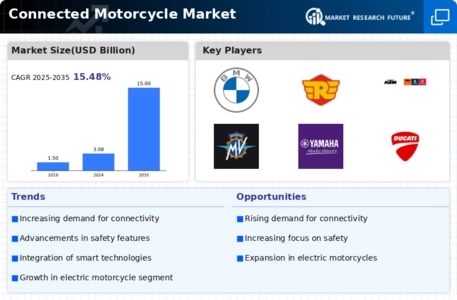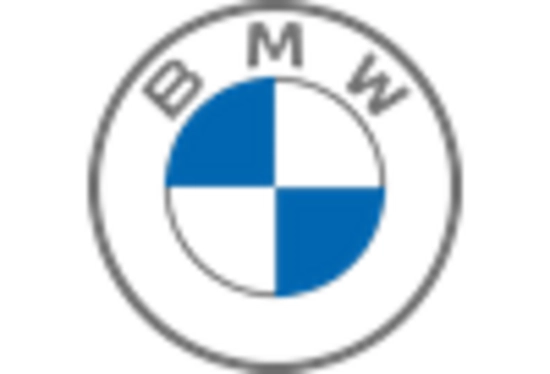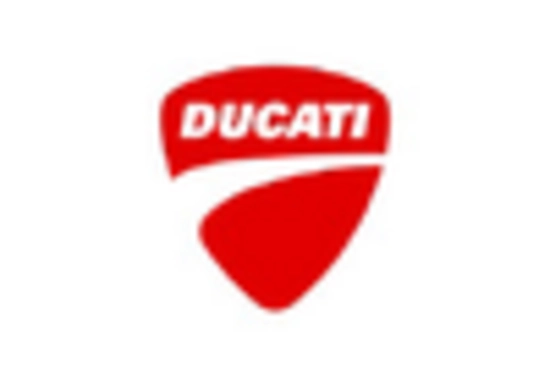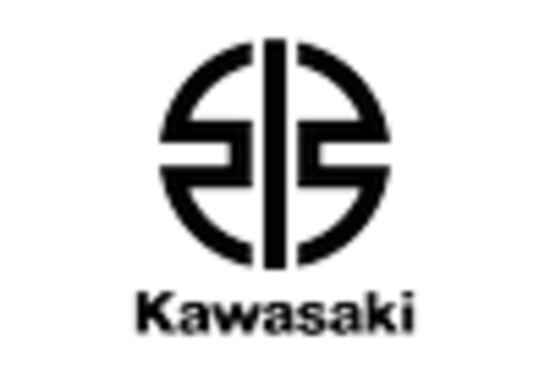Market Analysis
In-depth Analysis of Connected Motorcycle Market Industry Landscape
The market dynamics of connected motorcycles have been rapidly evolving, ushering in a new era of innovation and safety within the motorcycle industry. As technology continues to advance, motorcycles are becoming increasingly integrated with connectivity features, transforming them into smart vehicles. This shift is driven by the growing consumer demand for enhanced riding experiences and improved safety measures.
One key aspect of the market dynamics is the rising popularity of connected features among motorcycle enthusiasts. These features include GPS navigation, real-time traffic updates, and smartphone integration. Riders are now able to stay connected on the go, accessing essential information without compromising their safety. This trend has not only attracted tech-savvy riders but has also expanded the market to include a broader demographic.
Safety is a paramount concern for motorcycle riders, and the incorporation of connected technologies addresses this issue directly. Connected motorcycles often come equipped with advanced safety features such as collision detection, blind-spot monitoring, and automatic emergency braking systems. These innovations aim to reduce the number of accidents and enhance overall rider safety. As a result, safety-conscious consumers are increasingly drawn to connected motorcycles, contributing to the market's growth.
The role of data in market dynamics cannot be overstated in the connected motorcycle landscape. With sensors and connectivity modules embedded in these vehicles, manufacturers can gather valuable data on rider behavior, road conditions, and performance metrics. This data not only aids in improving the motorcycle's design but also provides manufacturers with insights into consumer preferences. This feedback loop enables continuous refinement and adaptation of connected motorcycle features to meet evolving market demands.
Collaborations and partnerships have played a pivotal role in shaping the market dynamics of connected motorcycles. Traditional motorcycle manufacturers are teaming up with technology companies to leverage expertise in both domains. These collaborations have led to the development of integrated systems that seamlessly merge cutting-edge technology with the traditional riding experience. Additionally, partnerships with software developers have resulted in the creation of dedicated applications that enhance the connectivity features of motorcycles, further propelling market growth.
Government regulations and standards are also influencing the market dynamics of connected motorcycles. As safety concerns gain prominence, regulatory bodies are actively promoting the adoption of advanced safety technologies in vehicles, including motorcycles. This has prompted manufacturers to prioritize the integration of safety features in their connected motorcycle models, ensuring compliance with evolving standards.
The competitive landscape of the connected motorcycle market is witnessing a surge in new entrants, including startups focusing specifically on smart motorcycle technology. This increased competition is driving innovation and pushing established players to continually enhance their offerings. The market is evolving from a niche segment to a mainstream category, with a diverse range of connected motorcycles catering to different preferences and budgets.
The market dynamics of connected motorcycles are characterized by a convergence of technology, safety, data, collaborations, and regulatory influences. As consumer preferences shift towards smarter and safer riding experiences, manufacturers are adapting to meet these demands, resulting in a dynamic and rapidly growing market for connected motorcycles. The future holds the promise of even more advanced features and increased connectivity, shaping the motorcycle industry into a technologically-driven and safety-conscious domain.

















Leave a Comment